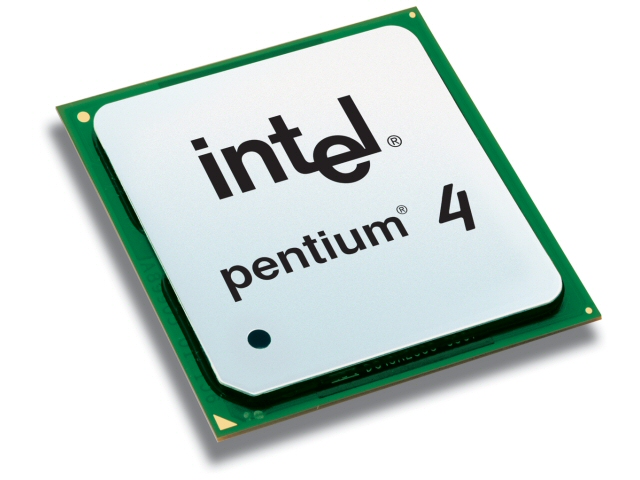A core is different from a logical processor. The core has its own set of execution units. Also, a core can have more than one logical processor associated with it. In a multi-core HT Technology enabled system, one physical processor can have a minimum of two cores (dual-core) and four logical processors. This is good for multi-threading applications. Cores have their own set of execution units. Therefore, unlike running on logical processors, two threads, each running on a separate core of the same physical processor, do not compete for execution units. Additionally, in multi-core systems you can retrieve the number of threads that can be served by any cache level. This information is generally important for cache blocking applications. For load balancing, it is important that you know which logical processor is associated with which physical processor. Finally, there is a need for a utility to detect the Mobile Intel® Pentium® 4 Processor-M, since its architecture is different from that of the Intel® Pentium® 4 Processor. Due to the difference in architecture between the Pentium 4 processor and Mobile Intel Pentium 4 Processor-M, programs optimized for Pentium 4 processors are not guaranteed to run well on Mobile Intel Pentium 4 Processor-M systems. The library, HTMulticore, contains many functions ranging from detecting HT Technology, multi-core, physical processors, processor ID to identifying Mobile Intel Pentium 4 Processor-M, and Streaming SIMD Extension (SSE/SSE2/SSE3). The library was created in an attempt to make it a one-stop shop so that developers don’t have to spend time recreating those utility functions or link to many libraries. They can concentrate their energy in developing their own programs.
Overview of the HTMulticore Library
The HTMulticore library consists of two parts, the library itself called HTMulticore.lib and the include file, named HTMulticore.h.
This library can be divided into three categories namely: HT Technology, Features, and Mobile. The functions included in the HTMulticore library are listed under these three categories. The subsequent sections of this article describe each of these categories in detail.



Tidak ada komentar:
Posting Komentar